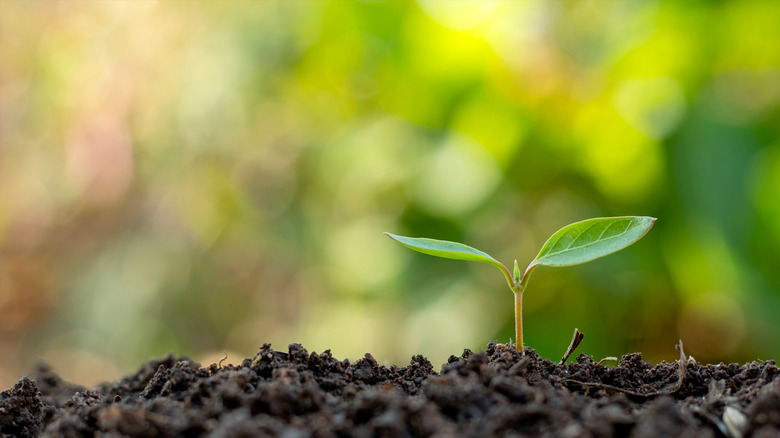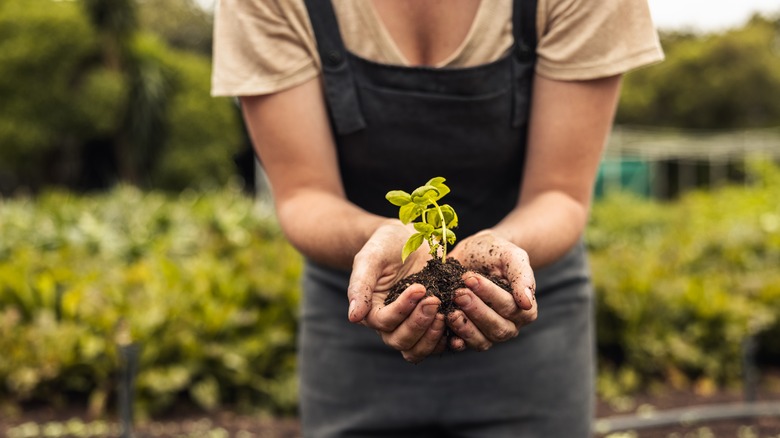What Is A USDA Growing Zone And Which One Are You In?
If you have ever planted something from a seed, you have likely seen a USDA Plant Hardiness Zone Map range recommendation on the seed package, noting the best zone range to plant this particular seed in for it to grow and thrive. There is also often a geographical map of the U.S. on the seed package, loosely distinguishing where each zone is — but what are these zones, and what do they mean for your garden?
Simply put, the USDA Plant Hardiness Zone Map indicates geographical growing standards based on climate and helps indicate which particular plants are recommended for planting and growing at a given location. According to The United States Department of Agriculture's Agricultural Research Service, which developed the map, each zone is determined based on the average annual minimum winter temperature, so in a way, it helps determine the coldest temperature at which a particular plant can thrive.
How do I know what zone I'm in?
Fortunately, the Library of Congress keeps an updated static map of the USDA Plant Hardiness Zone Map for online reference to help you determine which zone you are in. You can also download various versions of the map directly on The United States Department of Agriculture website to keep on hand digitally or print off for reference. They also have an interactive map on their website for reference, allowing you to search zip codes to determine their zone.
The map is relatively straightforward. According to Better Homes & Gardens, it is divided into 11 distinct zones — with each of those 11 zones further split into "A" and "B" categories. The zones are each distinguished by 10 degrees Fahrenheit of their average winter temperature. For example, locations in zone two are typically 10 degrees cooler in the winter than those in zone three. The lower the zone number, the colder the average climate.
What can I grow in my zone?
While the USDA Plant Hardiness Zone Map is an excellent way to help determine what has the best chance of thriving in your garden, Better Homes & Gardens reminds you that it should be looked at as more of a guideline than a hard and fast rule — especially since precipitation and elevation can also play a role in a plant's success.
When planting annual plants, Better Homes & Gardens says it isn't necessarily important to pay attention to the specific zones since these plants will complete their entire life cycle in a single growing season, so it doesn't matter whether or not they will be able to survive the winter. Annual flowers and other plants are often given a "zone 0" indicator, meaning that they aren't hardy, or in other words, able to survive cold weather.
All other perennial plants, shrubs, and trees should be planted in zones in which they are indicated to be able to thrive. In addition to relying on the USDA Plant Hardiness Zone Map, Better Homes & Gardens also suggests utilizing a gardening journal to record things like temperature and precipitation and note how each of your plants is doing. Doing so over an entire growing season can help you personally determine which plants seem to thrive best in your location and under which conditions.


